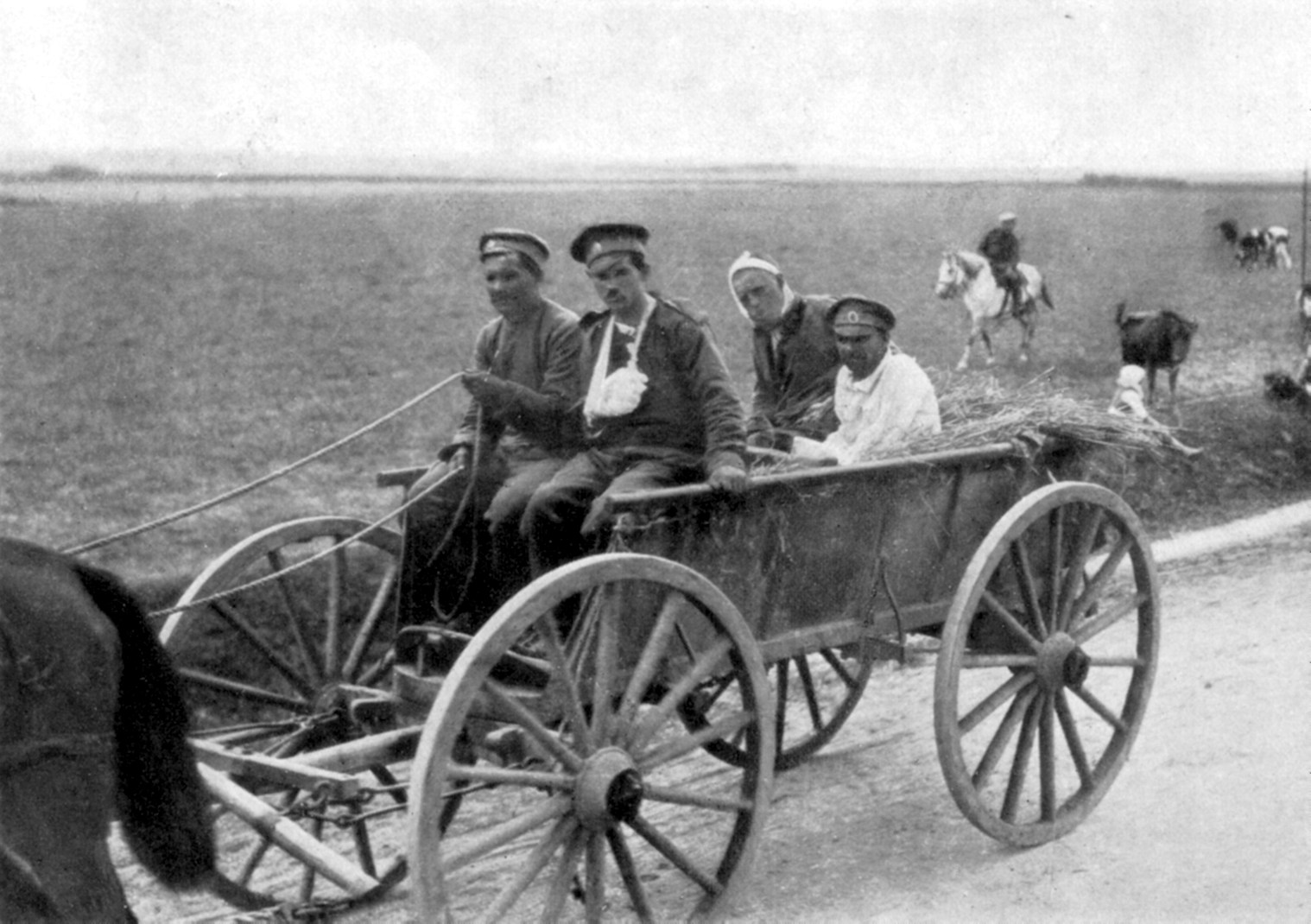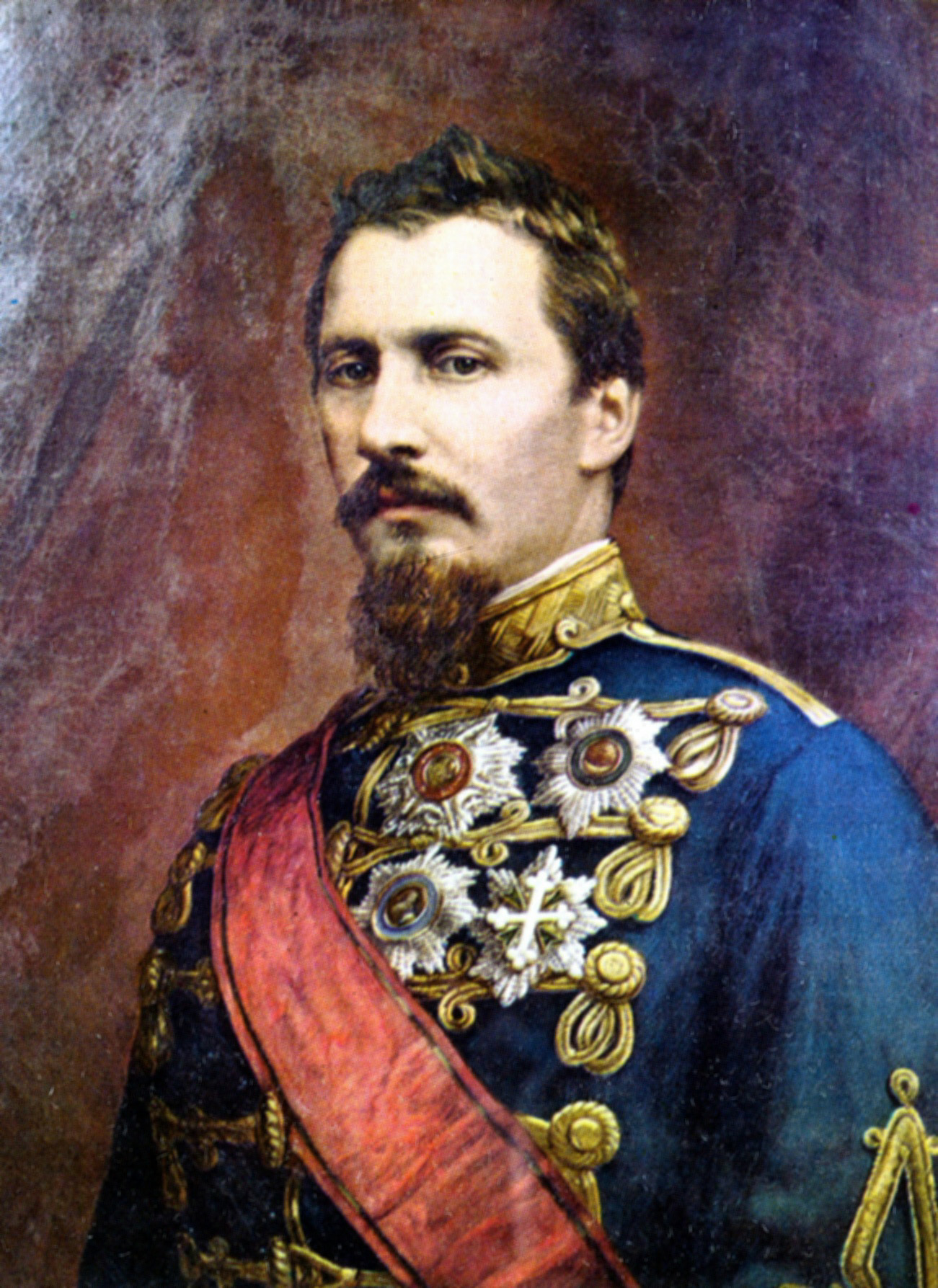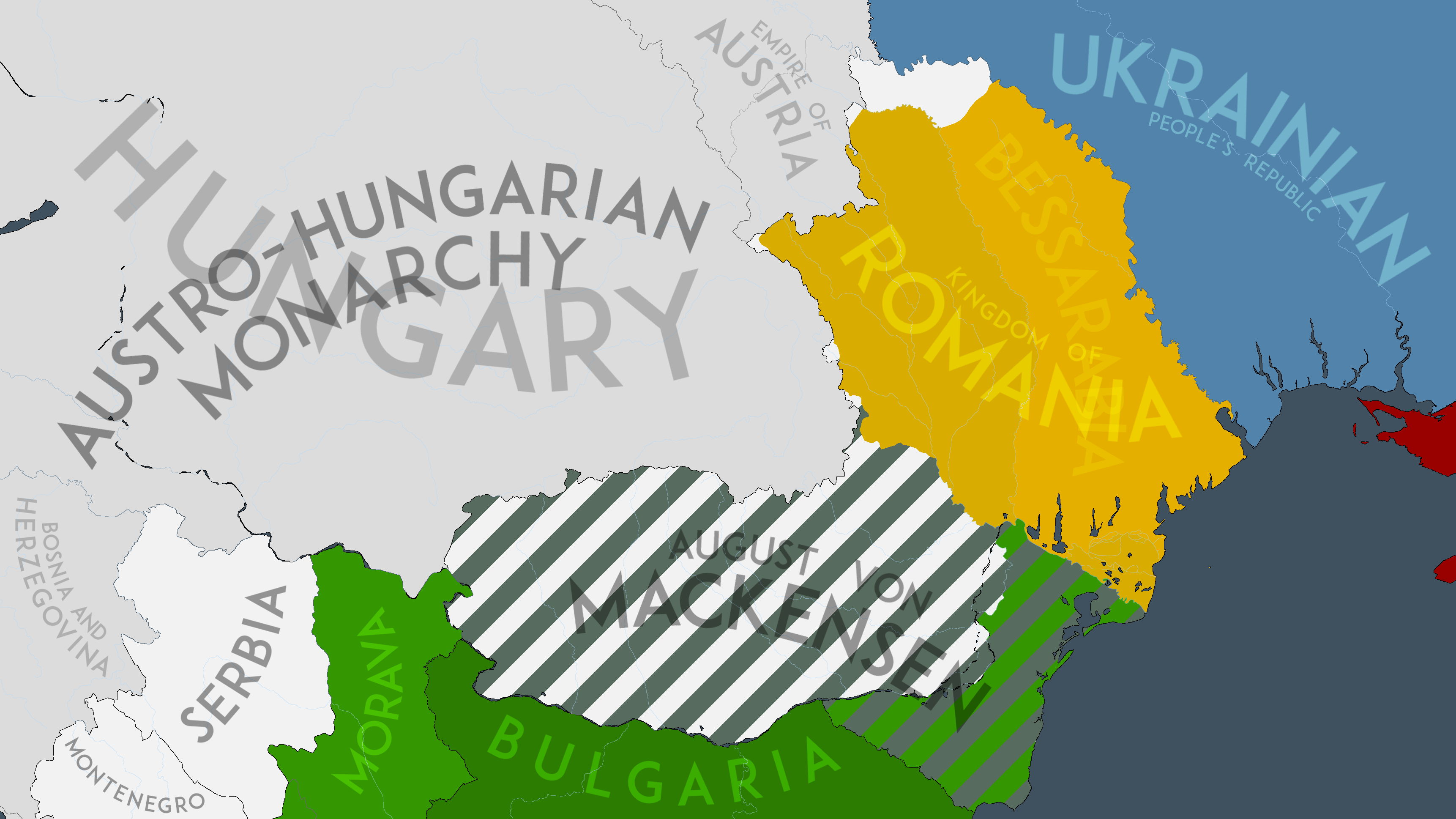|
Iustin Frățiman
Iustin Ștefan Frățiman, also known as Frațman, Froțman, Frotziman or Frățimanu (, or Фрациман, ''Fratsiman''; June 1, 1870 – September 23, 1927), was a historian, educator, librarian and political figure from Bessarabia, active in the Russian Empire and the Kingdom of Romania. After receiving a classical education, he worked for various seminaries of the Russian Orthodox Church, moving as far north as Olonets. Frățiman had settled in Soroca by the time of World War I, becoming a champion of Romanian nationalism. This resulted in his being exiled to Central Asia until 1917. Allowed back home after the liberal February Revolution, he resumed his activism, openly campaigning for the national rights of Romanians east of Bessarabia. He was afterwards one of the educators tasked with institutional Romanianization by the Moldavian Democratic Republic. Frățiman welcomed the union of Bessarabia with Romania in 1918, being an outspoken in his adversity toward Bolshevik ... [...More Info...] [...Related Items...] OR: [Wikipedia] [Google] [Baidu] |
Cuhureștii De Jos
Cuhureștii de Jos is a commune in Florești District, Moldova, near the border with Ukraine Ukraine is a country in Eastern Europe. It is the List of European countries by area, second-largest country in Europe after Russia, which Russia–Ukraine border, borders it to the east and northeast. Ukraine also borders Belarus to the nor .... It is composed of two villages, Cuhureștii de Jos and Țipordei. Notable people * Iustin FrățimanReferences [...More Info...] [...Related Items...] OR: [Wikipedia] [Google] [Baidu] |
February Revolution
The February Revolution (), known in Soviet historiography as the February Bourgeois Democratic Revolution and sometimes as the March Revolution or February Coup was the first of Russian Revolution, two revolutions which took place in Russia in 1917. The main events of the revolution took place in and near Petrograd (now Saint Petersburg), the then-capital of Russia, where long-standing discontent with the monarchy erupted into mass protests against food rationing on 23 February Old Style and New Style dates, Old Style (8 March Old Style and New Style dates, New Style). Revolutionary activity lasted about eight days, involving mass demonstrations and violent armed clashes with police and Special Corps of Gendarmes, gendarmes, the last loyal forces of the Russian monarchy. On 27 February O.S. (12 March N.S.), most of the forces of the capital's garrison sided with the revolutionaries. In the same day, the Russian Provisional Government, made up by left-leaning State Duma (Russ ... [...More Info...] [...Related Items...] OR: [Wikipedia] [Google] [Baidu] |
Gheorghe Ghibănescu
Gheorghe Ghibănescu (29 September 1864 – 4 July 1936) was a Romanian historian and philologist. Born in Gugești, Vaslui County, he attended the junior seminary in Huși from 1875 to 1879, followed by the senior seminary at the Socola Monastery in Iași from 1879 to 1882. After finishing his secondary education, he entered the Faculty of Literature and Philosophy at the Alexandru Ioan Cuza University, where he studied history, philosophy, philology and pedagogy. In 1885, he won a competition for a teaching post at the normal school in Bârlad, marking the beginning of his career as teacher, historian and newspaper writer. While at Bârlad, he published two works that proved significant during his later research: ''Originile Hușilor'' ("The Origins of Huși", 1888) and ''Grafica chirilică la români'' ("The Romanian Cyrillic Alphabet", 1889). In 1889, he was transferred to the Vasile Lupu Normal School in Iași, where he undertook extensive research alongside his teaching du ... [...More Info...] [...Related Items...] OR: [Wikipedia] [Google] [Baidu] |
Moldavian Dialect
The Moldavian dialect is one of several dialects of the Romanian language (Daco-Romanian). It is spoken across the approximate area of the historical region of Moldavia, now split between the Republic of Moldova, Romania, and Ukraine. The delimitation of the Moldavian dialect, as with all other Romanian dialects, is made primarily by analyzing its phonetic features and only marginally by morphological, syntactical, and lexical characteristics. Classification The Moldavian dialect is the representative of the northern grouping of Romanian dialects and has influenced the Romanian spoken over large areas of Transylvania. The Moldavian and the Wallachian dialects are the only two that have been consistently identified and recognized by linguists. They are clearly distinct in dialect classifications made by Heimann Tiktin, Mozes Gaster, Gustav Weigand, Sextil Pușcariu, Sever Pop, Emil Petrovici, Romulus Todoran, Ion Coteanu, Alexandru Philippide, Iorgu Iordan, Emanuel Vasi ... [...More Info...] [...Related Items...] OR: [Wikipedia] [Google] [Baidu] |
Treaty Of Bucharest (1812)
The Treaty of Bucharest between the Ottoman Empire and the Russian Empire, was signed on 28 May 1812, in Manuc's Inn in Bucharest, and ratified on 5 July 1812, at the end of the Russo-Turkish War of 1806–1812. The Ottomans had done poorly in the war. The Sublime Porte above all wanted to stay out of the impending conflict between Napoleon's France and Russia. The Russians did not want a war on two fronts, thus they made peace in order to be free for the upcoming war with France. The Ottomans had extricated themselves from a potentially disastrous war with a slight loss of territory. This treaty became the basis for future Russo-Ottoman relations. Background Russo-Turkish war of 1806 The war was fought between the Russian Empire and Ottoman Empire beginning in 1806. It happened at the same time as the Napoleonic Wars had been pushing across Europe. Sultan Selim III of the Ottoman empire was encouraged by the French Empire to remove multiple lords from their land in Wallachia ... [...More Info...] [...Related Items...] OR: [Wikipedia] [Google] [Baidu] |
Western Moldavia
Western Moldavia (, ''Moldova de Apus'', or , also known as Moldavia, is the core historic and geographical part of the former Principality of Moldavia situated in eastern and north-eastern Romania. Until its union with Wallachia in 1878, the Principality of Moldavia also included, at various times in its history, the regions of Bessarabia (with the Budjak), all of Bukovina, and Hertsa; the larger part of the former is nowadays the independent state of Moldova, while the rest of it, the northern part of Bukovina, and Hertsa form territories of Ukraine. Moldavia consists of eight counties, spanning over 18% of Moldova's territory. Six out of the 8 counties make up Moldavian's designated Nord-Est development region, while the two southern counties are included within Moldavian's Sud-Est development region. It comprises roughly 48.67% of the wider region of Moldavia. Etymology The names ''Moldavia'' and ''Moldova'' are derived from the name of the Moldova River; howeve ... [...More Info...] [...Related Items...] OR: [Wikipedia] [Google] [Baidu] |
Alexandru Ioan Cuza University
The Alexandru Ioan Cuza University (; acronym: UAIC) is a public university located in , Romania. Founded by an 1860 decree of Prince Alexandru Ioan Cuza, under whom the former was converted to a university, the University of , as it was named at first, is one of the oldest universities of Romania, and one of its advanced research and education institutions. It is one of the five members of the ''Universitaria Consortium'' (the group of elite Romanian universities). The Alexandru Ioan Cuza University offers study programmes in Romanian, English, and French. In 2008, for the third year in a row, it was placed first in the national research ranking compiled on the basis of Shanghai criteria. The university is a member of some of the most important university networks and associations: the Coimbra Group (CG), Utrecht Network, European University Association (EUA), International Association of Universities (IAU), Agence universitaire de la Francophonie, University Agency of Franco ... [...More Info...] [...Related Items...] OR: [Wikipedia] [Google] [Baidu] |
Romanian Academy
The Romanian Academy ( ) is a cultural forum founded in Bucharest, Romania, in 1866. It covers the scientific, artistic and literary domains. The academy has 181 active members who are elected for life. According to its bylaws, the academy's main goals are the cultivation of Romanian language and Romanian literature, the study of the national history of Romania and research into major scientific domains. Some of the academy's fundamental projects are the Romanian language dictionary ('' Dicționarul explicativ al limbii române''), the dictionary of Romanian literature, and the treatise on the history of the Romanian people. History On the initiative of C. A. Rosetti, the Academy was founded on April 1, 1866, as ''Societatea Literară Română''. The founding members were illustrious members of the Romanian society of the age. The name changed to ''Societatea Academică Romînă'' in 1867, and finally to ''Academia Română'' in 1879, during the reign of Carol I. The foun ... [...More Info...] [...Related Items...] OR: [Wikipedia] [Google] [Baidu] |
Romanian Orthodox Church
The Romanian Orthodox Church (ROC; , ), or Romanian Patriarchate, is an autocephalous Eastern Orthodox church in full communion with other Eastern Orthodox Christian denomination, Christian churches, and one of the nine patriarchates in the Eastern Orthodox Church organization, Eastern Orthodox Church. Since 1925, the church's Primate (bishop), Primate has borne the title of Patriarch. Its jurisdiction covers the territories of Romania and Moldova, with additional dioceses for Romanians living in nearby Ukraine, Serbia and Hungary, as well as for diaspora communities in Central Europe, Central and Western Europe, North America and Oceania. It is the only autocephalous church within Eastern Orthodoxy to have a Romance languages, Romance language for liturgical use. The majority of Romania's population (16,367,267, or 85.9% of those for whom data were available, according to the 2011 census data), as well as some 720,000 Moldovans, belong to the Romanian Orthodox Church. Members o ... [...More Info...] [...Related Items...] OR: [Wikipedia] [Google] [Baidu] |
Metropolis Of Bessarabia
The Metropolis of Bessarabia (), also referred to as the Bessarabian Orthodox Church, is an Autonomy (Eastern Orthodoxy), autonomous Eastern Orthodox Church, Eastern Orthodox Metropolitan bishopric of the Romanian Orthodox Church, situated in Moldova. Its canonical jurisdiction is the territory of the Republic of Moldova, and over the Moldovan diaspora, Moldovan and Romanian diaspora, Romanian Orthodox diaspora from the former USSR. The Metropolis of Bessarabia was created in 1918, as the Archbishopric of Chișinău, and organized as a Metropolis (religious jurisdiction), Metropolis, in 1927. Inactive during the Soviet occupation of Bessarabia and Northern Bukovina, Soviet occupation of Bessarabia (1940–1941) and the Moldavian Soviet Socialist Republic, Soviet rule in Moldova (1944–1991), the Metropolis of Bessarabia was re-activated on 14 September 1992, and raised to the rank of exarchate, in 1995. The current Metropolitan of Bessarabia is Peter (Păduraru), Petru (Păd ... [...More Info...] [...Related Items...] OR: [Wikipedia] [Google] [Baidu] |
Russian Soviet Federative Socialist Republic
The Russian Soviet Federative Socialist Republic (Russian SFSR or RSFSR), previously known as the Russian Socialist Federative Soviet Republic and the Russian Soviet Republic, and unofficially as Soviet Russia,Declaration of Rights of the laboring and exploited people, article I. was a socialist state from 1917 to 1922, and afterwards the largest and most populous Republics of the Soviet Union, constituent republic of the Soviet Union (USSR) from 1922 to 1991, until becoming a Declaration of State Sovereignty of the Russian SFSR, sovereign part of the Soviet Union with priority of Russian laws over Union-level legislation in 1990 and 1991, the last two years of the existence of the USSR.The Free Dictionary Russian Soviet Federated Socialist Republic< ... [...More Info...] [...Related Items...] OR: [Wikipedia] [Google] [Baidu] |
Union Of Bessarabia With Romania
The union of Bessarabia with Romania was proclaimed on by Sfatul Țării, the legislative body of the Moldavian Democratic Republic. This state had the same borders of the region of Bessarabia, which was annexed by the Russian Empire following the Treaty of Bucharest (1812), Treaty of Bucharest of 1812 and organized first as an ''Oblast'' (autonomous until 1828) and later as a Bessarabia Governorate, Governorate. Under Russian rule, many of the native Tatars were expelled from parts of Bessarabia and replaced with Moldavians, Wallachians, Bulgarians, Ukrainians, Greeks, Russians, Lipovans, Cossacks, Gagauzes and other peoples, although colonization was not limited to formerly Tatar-inhabited lands. Russia also tried to integrate the region by imposing the Russian language in administration and restricting education in other languages, notably by later banning the use of Romanian in schools and print. The beginning of World War I saw an increase in national awareness among the Bes ... [...More Info...] [...Related Items...] OR: [Wikipedia] [Google] [Baidu] |








